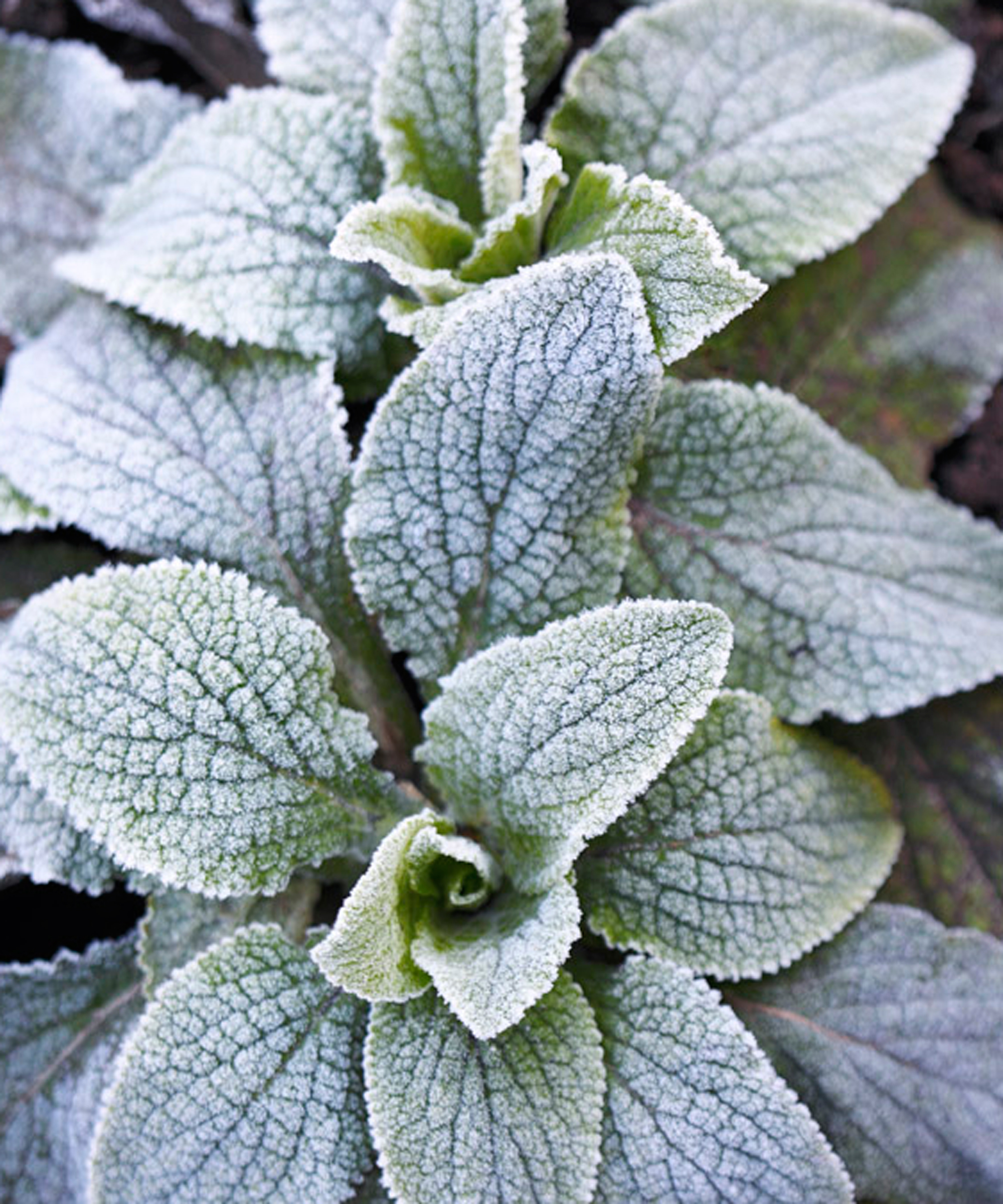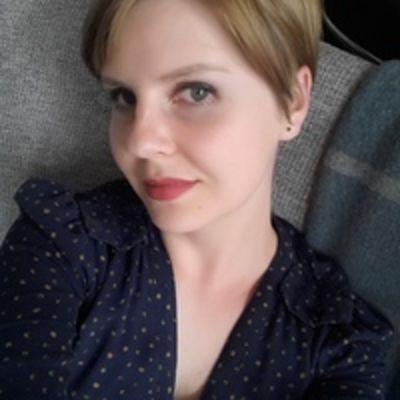Gardener Scott's top tips on protecting plants from frost – even in late spring
Late frosts have been hitting much of the Northern Hemisphere this spring; here's what you should and shouldn't do to keep your plants safe, according to Gardener Scott


If you're wondering how you should be protecting plants from frost, even in late spring, you're definitely not alone. Frost in spring is not abnormal in many climactic zones in the Northern Hemisphere, but this year, the weather seems especially cruel to younger plants that don't do so well with large temperature fluctuations.
- See more: North-facing garden ideas – how to make the best of a shady spot
Colorado-based gardening expert Gardener Scott has recently addressed this pressing problem in a YouTube live stream, explaining that the problem is not just the cold weather itself, but the fact garden soil keeps warming up and cooling again – a very bad combination for many plants.
What temperature should I cover my plants for frost?
Gardener Scott also explained that answering the question 'What temperature should I cover my plants for frost?' during late frosts will very much depend on whether you're getting snow.
If you're getting a decent amount of snow along with a cold snap, it 'can actually be a great insulator', he explains. 'Snow is pretty constant at 32°F/°C, so if your plants are covered in snow, that's the temperature they're exposed to.'
You especially shouldn't worry about cold season plants such as brassicas if they're covered in snow – they're perfectly safe, 'they actually like it when it snows', he says.
However, if you're getting a frost without snow, this is when you'll need to take extra measures to protect your plants from 'serious damage' to their cells.
- See: Gardening calendar – what to grow in your greenhouse each month
How can I protect my plants from frost damage?

You should especially watch conditions with light snow, when 'the ground is really warm and then snow melts quickly', because 'the plants don't have that same protection' as they do under a thick blanket of snow.
Design expertise in your inbox – from inspiring decorating ideas and beautiful celebrity homes to practical gardening advice and shopping round-ups.
In this case, Scott is very clear on the need to cover your plants, 'even the brassicas'. He explains that you can install a 'long-term season extender' structure with hoops and plastic sheeting, but if you don't have one, you'll need to act fast.
If you are caught out by a frost, you can minimize the damage by misting the foliage lightly before the sun is on them. Similarly, damage to container plants can be mitigated by moving them out of direct sunlight so that they 'thaw' in the forgiving warmth of the shade.
What is best to cover plants from frost?

To cover plants from frost, – tarp, sheets, blankets, or plastic sheeting. The idea is to 'trap the warmth of the ground' to protect your plants, especially spring flowers.
However, Scott has one very important tip for making sure that your plant protection doesn't make things worse. If you're using thin, clear plastic sheeting, you must make sure it doesn't touch the plant, or the leaves will be damaged by coming into contact with the freezing plastic. Use bamboo stakes or milk jugs to support plastic sheeting off your plants – 'it's only temporary, it doesn't need to look good!' he says.
When to remove the coverings? When temperatures rise – later that day or whenever the soil warms.
- See: Monty Don's mulching tips – and why it is such an important gardening job
Will one night of frost kill my plants?
One quick, light frost is unlikely to kill your plants, and you may be just be able to mulch plants to protect them from frost. However, bear in mind that young plants are very vulnerable so it's always best to be safe – older plants will usually recover quickly.

Anna is a professional writer and academic. She taught English Literature for several years before joining Future where she wrote for Real Homes, Homes & Gardens and Livingetc for four years. She is a regular contributor for Parade Home, BiggerPockets, and many other publications. In her spare time, Anna enjoys hiking and gardening.